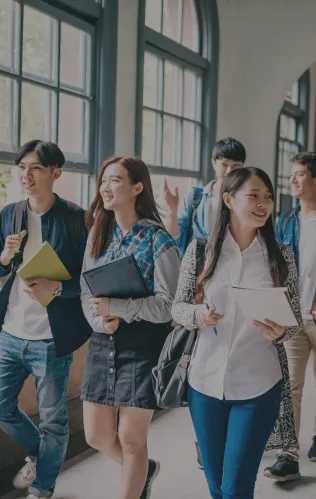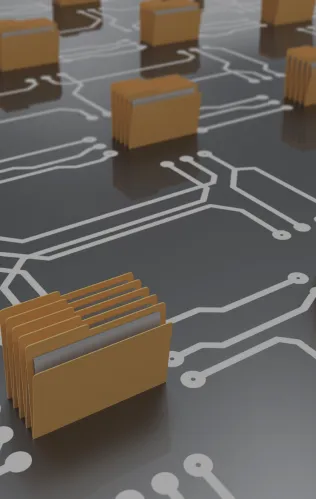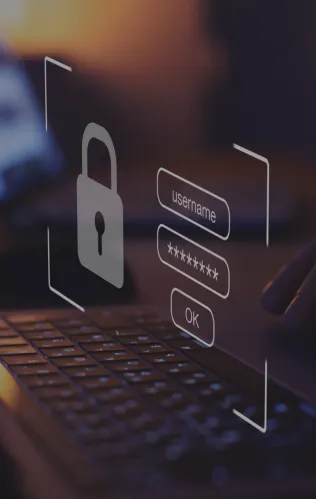Student’s needs are constantly evolving. For teachers, keeping up with the needs of students may feel overwhelming. In fact, this struggle is becoming increasingly common as classrooms become more diverse and expectations for individualized instruction rise. A recent study shows that 84% of educators find themselves feeling stressed in the Teacher Wellbeing Index. Teacher burnout is a pervasive issue plaguing educational institutions worldwide, aggravated by the demands of addressing diverse student needs. Each day, educators grapple with the overwhelming task of providing personalized instruction to students with varying learning styles, backgrounds, and abilities. This immense pressure, coupled with administrative burdens, takes a significant toll on a teacher’s well-being. Student Information Systems (SIS) present a promising solution to alleviate the burdens on teachers and enhance the educational experience for students. By leveraging the power of data analytics and comprehensive student profiles, SIS empowers educators to tailor instruction, interventions, and support services to meet individual learning needs effectively.
Understanding Diverse Student Abilities
Students possess a diverse array of abilities crucial for their overall development. Creative skills encompass imagination, artistic expression, and innovative thinking. Some excel in generating novel ideas and artistic mediums, while others demonstrate proficiency in problem-solving and creativity.
Social and emotional competencies reflect varying levels of interpersonal skills and emotional intelligence within a classroom. Students differ in social proficiency, emotional intelligence, empathy, self-regulation, and resilience, shaping their interactions and emotional management.
Physical abilities range from fine motor precision to gross motor skills. Some students exhibit dexterity and coordination, while others excel in running, jumping, or sports activities, influencing their engagement in physical pursuits.
Communication plays a vital role in academic and social settings. Students exhibit differences in verbal and non-verbal communication skills, impacting their expression, comprehension, and collaboration with peers. Proficiency in speaking, listening, writing, and interpreting non-verbal cues varies among individuals, affecting their participation in discussions and understanding of instructional materials.

How Student Information Systems Enhance Decision-Making for Personalized Learning
Equipping teachers with comprehensive insights into student performance, preferences, and progress, Student Information Systems serve as powerful tools. They enhance data collection and analysis to support personalized learning initiatives. This technology transforms the way educational institutions tailor their approach to meet the diverse needs of every student. By leveraging the wealth of data provided by these systems, educators are now equipped to make informed decisions about catering to individual learning abilities.
Student Information Systems streamline the process of gathering student data by consolidating information such as attendance records, grades, and assessment results into a centralized platform. This comprehensive data collection allows educators to have a holistic view of each student’s academic journey and areas of strength and improvement. Furthermore, SIS offer sophisticated analytical capabilities that transform raw data into actionable insights. Through data analysis, educators can identify trends, patterns, and areas where students may require additional support. For instance, by examining assessment data, educators can pinpoint specific concepts or skills that students are struggling with and adjust instructional strategies accordingly.
One of the key benefits of Student Information Systems is the ability to facilitate ongoing assessment and progress monitoring. Educators can track student performance in real time, enabling timely interventions and adjustments to instructional approaches. This continuous feedback loop ensures that students receive tailored support and interventions based on their individual needs. Moreover, these digital systems promote collaboration among educators by providing a user-friendly platform for data sharing. This collaborative approach enables educators to work together to analyze student data, develop targeted interventions, and monitor progress effectively.
Using Student Information Systems to Implement Varied Teaching Strategies
Student Information Systems provide teachers with a range of tools to implement varied teaching strategies tailored to meet the diverse proficiency levels of students. By using these systems, educators can easily customize their instruction to address individual learning needs. This ensures that every student receives the support they require to succeed.
Prominently, SIS support differentiated instruction by offering a variety of teaching resources and materials. Educators can access a wealth of content, including lesson plans, worksheets, multimedia resources, and interactive activities, all aligned with different proficiency levels. This allows teachers to adapt their instruction to accommodate various learning styles and preferences. Consequently, this makes learning more engaging and accessible for all students.
Moreover, Student Information Systems enable educators to administer assessments that are customized to match students’ proficiency levels. For example, in a math class, teachers can create quizzes or tests with questions ranging from basic arithmetic to more advanced problem-solving tasks. By providing assessments that reflect the diverse abilities of students, teachers can accurately measure each student’s progress and understanding.

Classter’s Cutting-Edge Student Information System
Classter’s Student Information System offers comprehensive digital solutions to support personalized learning journeys. By offering detailed insights into academic progress, attendance records, and personal milestones, Classter helps educators tailor learning experiences that meet the unique needs of each student. This personalized approach ensures that no student is left behind and that every individual can reach their full potential.
Central to Classter’s impact on personalized learning is its ability to provide detailed student profiles. By consolidating academic progress, attendance records, and personal milestones, Classter equips educators with the insights needed to create tailored learning experiences. This personalized approach ensures that each student receives the support and resources necessary to thrive academically.
Additionally, Classter’s advanced scheduling features optimize class timetables and resource allocations. This maximizes instructional time while accommodating the diverse needs of students. Such optimization ensures that personalized learning initiatives are implemented efficiently, with every minute of the academic day dedicated to supporting student growth.
The Future of Personalized Learning Using Student Information Systems
Utilizing cutting-edge Student Information Systems, personalized learning is undergoing a profound transformation. These systems use advanced data analytics and AI-driven insights to tailor education experiences uniquely to each student. By dynamically adapting curriculum and teaching methodologies, Student Information Systems ensure that individual student needs are met with precision. Thus, creating deeper engagement and more impactful learning outcomes. As technology continues to advance, Student Information Systems will increasingly encourage educators to unlock the full potential of every learner.
FAQ’s
SIS offer a range of tools and resources for educators to implement differentiated instruction. From customizable teaching materials to assessments tailored to students’ proficiency levels, educators can adapt their instruction to meet the diverse needs of every learner.
Classter’s SIS offers detailed student profiles, advanced scheduling features, and comprehensive insights into academic progress and attendance records. This facilitates tailored instruction, interventions, and support services.
Look for SIS with comprehensive data analytics capabilities, advanced scheduling features, and seamless integration with third-party educational tools. These functionalities optimize resource allocation and enable efficient management of personalized learning journeys.






